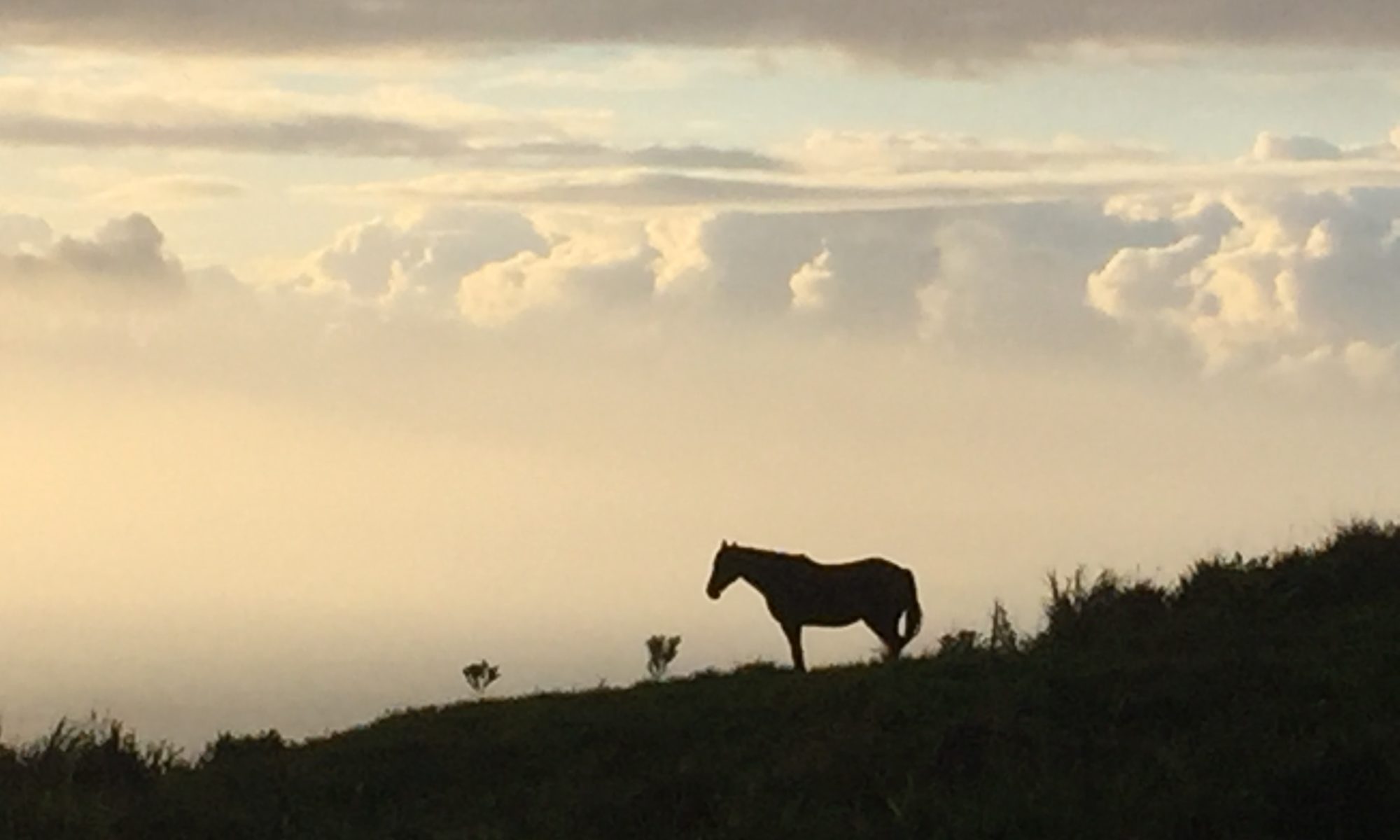There’s a quirky habit I’ve developed over the past year, which requires open space but is best done in private. I was once caught in the act under an old stone bridge, and that was a little embarrassing. Now I scan the horizons before getting down to business.
I do recommend it though.
Here’s what it involves:
First, find a place you love to walk. Somewhere the opposite of busy, ideally blessed with natural sights, sounds and scents to tune into. Next, check for spectators—none is better than some. (This step can be skipped if you don’t mind being in the spotlight and have no fear of being discreetly ridiculed.) Then, turn your back on your direction of travel, and—this is where it gets exciting—reach for the ground behind with your leading foot, transfer your weight to that foot, reach out again with the other foot…and so on. Congratulations! You’re walking backwards!
I first heard of this practice when I lived in East Asia, long ago, and knew it as a treatment sometimes prescribed by traditional medicine practitioners—though for what ailments I never knew. I also read something online once about the supposed health benefits in general. One of those things we can do to refresh our neural pathways. Something to keep physical and mental degeneration at bay. I’m prepared to believe that.
The place I go is the old railway trail—the tracks were ripped out in the 1960s—which leads from the middle of town into farmland and woods along this stretch of the Bristol Channel. Asphalt was laid at some point for walkers and cyclists and occasional horses, but the sides were left to grow their own way. Volunteers look after the route now, but with a very light touch, and to walk it is like heading down one of those ancient holloways half-sunken into the body of the Earth, thickly brambled embankments to either side and a cathedral-like arc of boughs and branches above.
Working your way backwards along the path presents this lovely scene, with its rich soundscape and forest scents, from a whole new perspective. What you see unscrolls steadily and evenly before your eyes as if you’re relaxing on a viewing platform at the back of a gently trundling train. A succession of fronds and branches slips by to your left and right, and the same with leaves underfoot and patches of sky above, all tickling at the edges of peripheral vision before gliding into the ever-receding picture before you. You really don’t want it to stop.
Something similar goes on with sounds, with the bonus that you’re instinctively more alert when you’re used to seeing where you’re going and now suddenly can’t. Amid the birdcalls and miscellaneous rustles, you might pick up—before you get there—a hum of hoverflies hanging in a beam of sunlight slotted through the trees.
Smells too. On one walk this summer I was surprised to receive an olfactory tip-off about an approaching blackberry bush—not a smell I knew existed before—and strangely I could sense the fuzzy warmth radiating off its leaves in the midday sun. Now, amid the decomposing leaf-sludge of a damp autumn, I find the air along the trail thick with odours, a mixture of mud and rot and urine (it’s where the townsfolk walk their dogs), seasoned with moments of muskiness. Let me tell you, though: autumn is a riot for the nostrils.
Do this sort of thing often enough and you may find your senses blurring together. You see, hear and smell in the round, all at once, as if everything is one. Like different instruments in an orchestra playing a symphony of being that both is and isn’t “you”. Breath slows, anxieties ease, habitual patterns of thought melt away.
In response to the question I overheard a small child ask one afternoon on the railway trail, I finally figured it out. This practice does indeed belong to the class of things that help heal. Things that slow time and deepen our connections—with the land, with other vital spirits, with ourselves. A practice for we-all—modernity’s smart-arse orphans—who need to heal and humble, however imperfectly, if we’re to be a gift to the world.
That’s why this man is walking backwards.


Hi Chris, Yes, I could see how this would be a great way to experience the world in a fresh and healing way by throwing a wrench our own habits of perception. It also sounds like you have an amazing pathway to practice this on, vividly described. I will have to try it soon in an appropriately secluded environment. 🙂 Thank you for the idea!
‘throwing a wrench into our habits of perception’ does kind of sum it up!